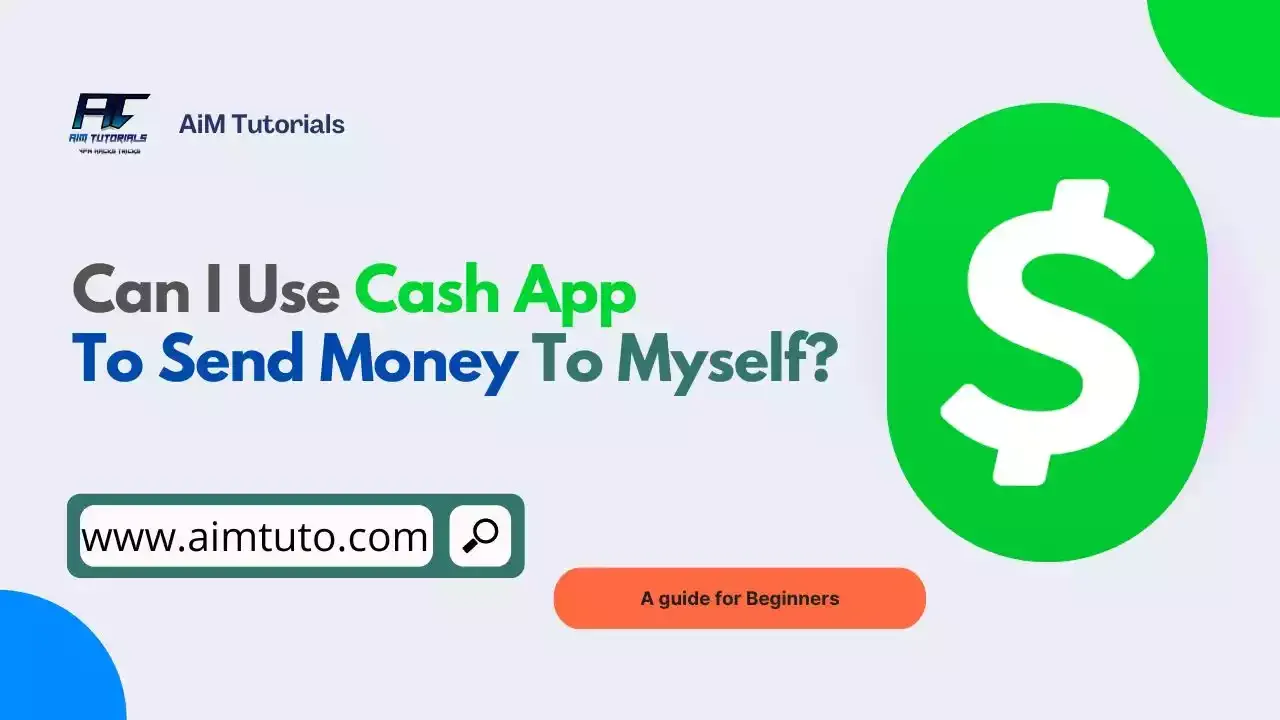
Cash App's peer-to-peer payment system has resounded across many hearts out there offering them a streamlined way to make payments.
Talking of the app's peer-to-peer technology, it isn't just limited to sending money to other users—you can also send yourself money through Cash App.
So if you're looking to Cash App yourself money, this guide compiles the steps you need to make this possible.
Can I Send Myself Money on Cash App?
Yes, you definitely can send yourself money on Cash App.
If you own two accounts on the platform, then sending yourself money on Cash App should be more than easy: — it's more like sending money to another Cash App user.
That being said, if your second account is an unverified Cash App account, you can send funds from the account, but that will go with a limit.
Unverified Cash App accounts are only allowed to send $250 in 7 days and can receive only $1,000 in 30 days. So if you need to send more than this limit, you'll have to verify your identity on the app.
However, another great way I'll use Cash App to transfer money to myself is by first withdrawing the funds to my bank account or debit card, and later adding the funds to my second Cash App account balance.
How Can I Use Cash App To Transfer Money To Myself?
You can use Cash App to transfer money to yourself in two ways: through a direct transfer from Cash App through the Pay feature or by withdrawing the funds to a bank account and topping up your second Cash App balance.
Here's a straightforward way I would use to send myself money on Cash App:
- Open Cash App on your phone.
- Tap the dollar "$" icon located in the bottom center of the screen.
- Enter the amount you want to send.
- Click "Pay" from the bottom-right corner.
- Enter your extra account email, phone number, or the $Cashtag
- In the "For" field, you can put on the reason for the payment.
- Tap "Pay" and your funds will be sent to your other Cash App account.
- Tap Back to go to the Homepage and check if the funds are credited to your other account.
Sending yourself money on Cash App from an unverified account to another account goes with a limit where you'll be allowed to send $250 in 7 days and can receive only $1,000 in 30 days.
However, to escape this limitation and transfer funds conveniently, a great alternative I'll take to transfer money to myself on Cash App is by withdrawing the funds to my bank account.
Once the funds are in the bank, you will be free to decide whether to add them to your Cash App balance or use them as per your needs.
If you're looking to move funds between your two bank accounts through Cash App, I recommend you use an ACH transfer which is provided by many banks to their customers.
ACH transfers will also help you avoid the risk of getting your Cash App account banned.
Can I Cash App Myself Using a Credit Card?
Yes, you can Cash App yourself using a credit card, but this will come at a cost unlike when using a debit card to Cash App yourself. Using a credit card to transfer money to yourself on Cash App will incur a 3% fee of the total amount to be transferred. That's how Cash App works with credit cards.
I think it is worth mentioning that you can't add money to your Cash App balance from a credit card—you can only use it to send payments through the app.
Can I Use Cash App For Online Purchases?
Yes, you can use Cash App for online purchases.
In fact, many online stores accept Cash App either directly through Cash App Pay or through the Cash App card.
How Long Does It Take To Send Money On Cash App?
Cash App transfers are usually instant—they arrive seconds after they are sent provided everything goes well.
So expect your Cash App payment to arrive your other account instant if you entered the correct payment details.
Frequently Asked Questions
How do you Cash App yourself?
To Cash App yourself, Tap the Money tab on your Cash App home screen. Press Add Cash. Choose an amount. Tap Add. Use Touch ID or enter your PIN to confirm.
How do I transfer money from Cash App to personal account?
Transferring money from Cash App to personal account is more like transferring money to another Cash App user. That said, use the normal process for sending payments on Cash App.
Can you have two Cash App accounts?
Yes, you can have two Cash App accounts if each account is associated with a different email address and phone number. However, you can't be signed in to multiple accounts in the same app at one time, but you can login to the two accounts separately.
How do I make a second Cash App?
Open the Cash App application on your smartphone. Click on the Profile icon and sign out of your existing account. This will redirect you to the sign-in page. Tap on the Sign-up at the bottom to create a second Cash App account.
Final Thoughts: Can I Use Cash App To Transfer Money To Myself?
Cash App is a P2P payment service that lets users transfer money conveniently and safely.
You can transfer money to yourself on Cash App directly from the Cash App Pay feature or by withdrawing the funds to your bank account, then top up your second account balance with the funds.
However, in case your reason for transferring money to yourself on Cash App is simply because you want to move funds between your two bank accounts, I strongly recommend you use your bank's ACH transfer service instead of running the risk of getting your account banned by Cash App.